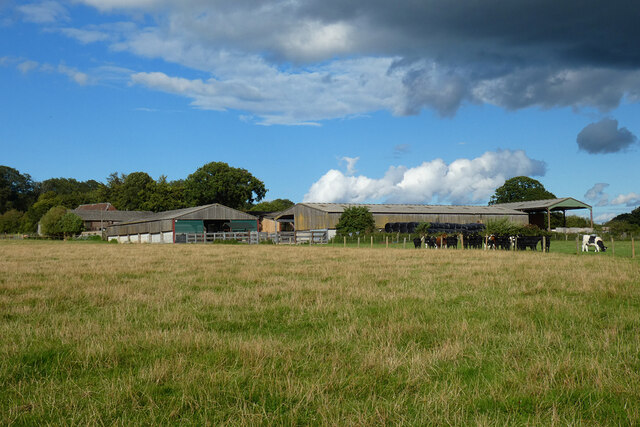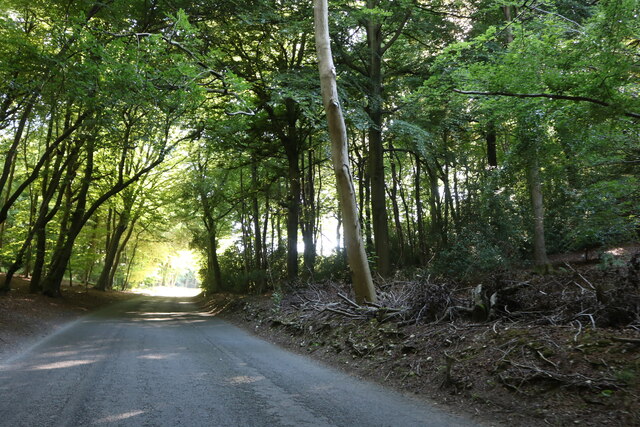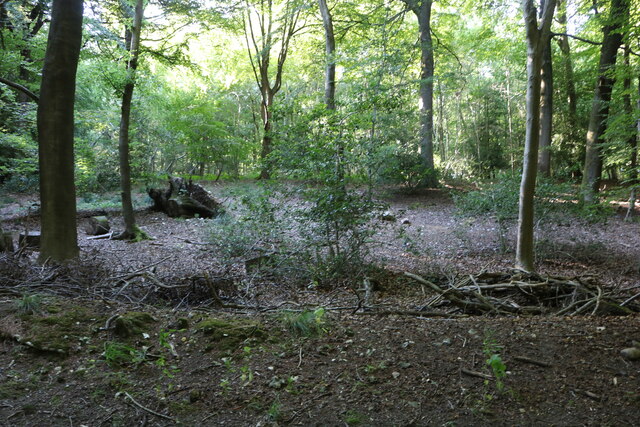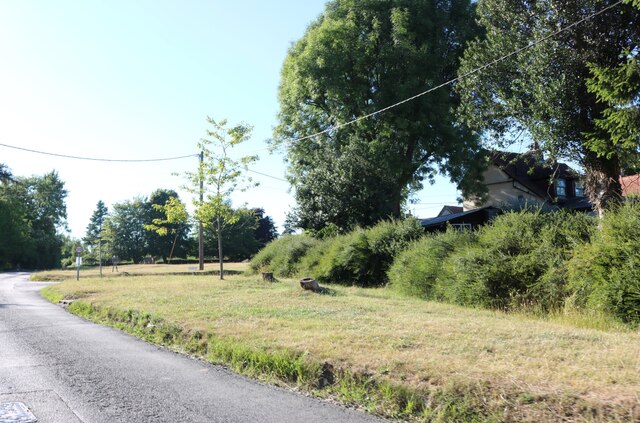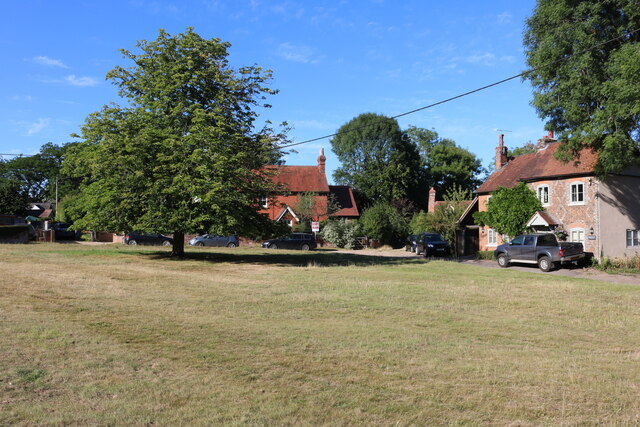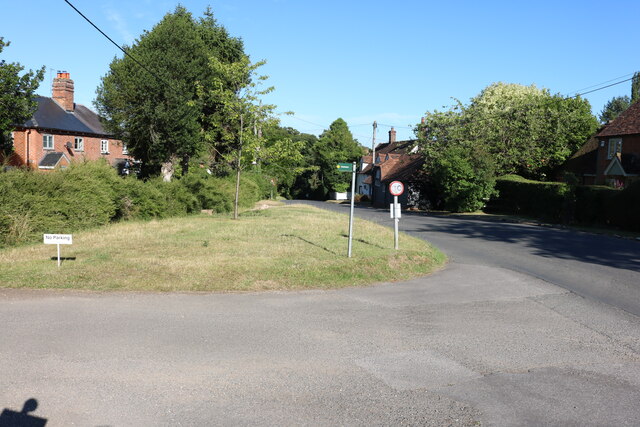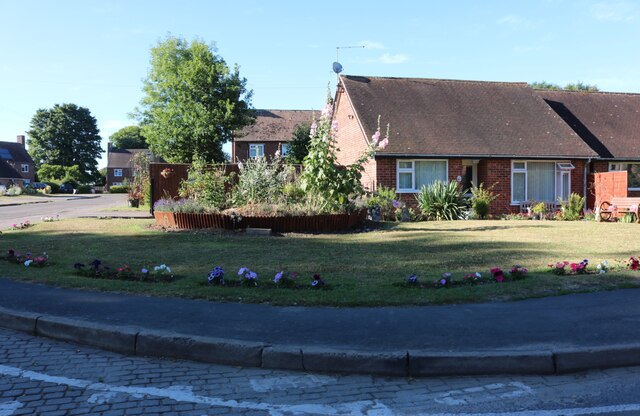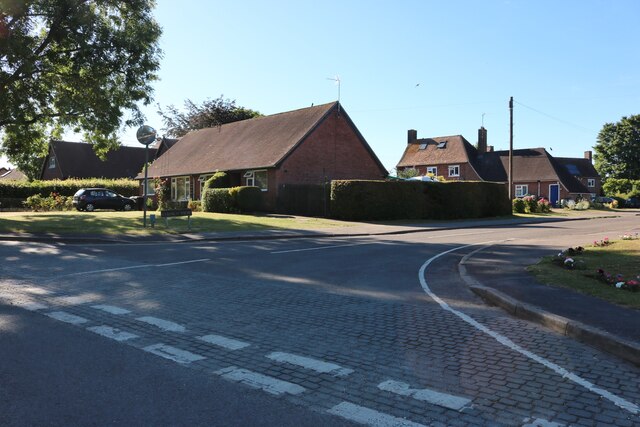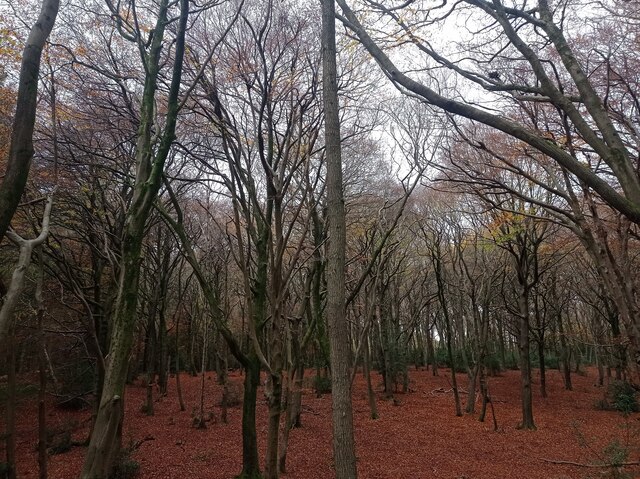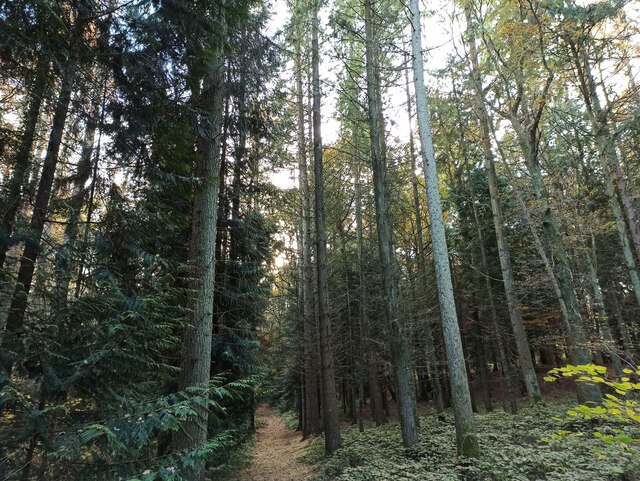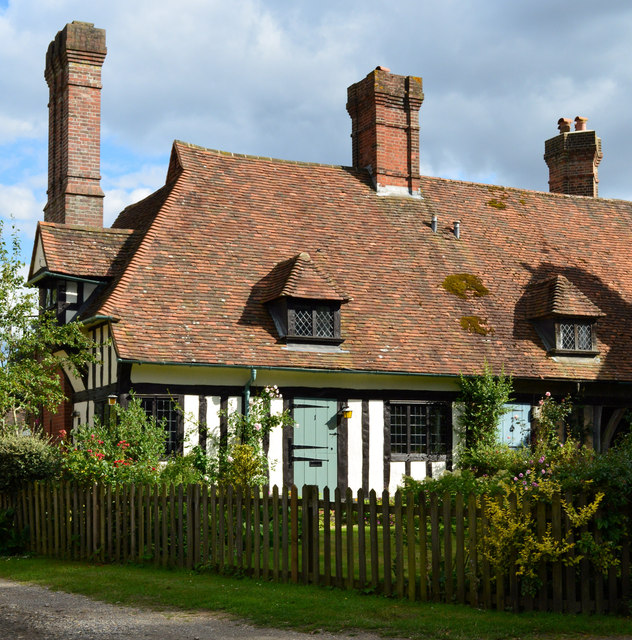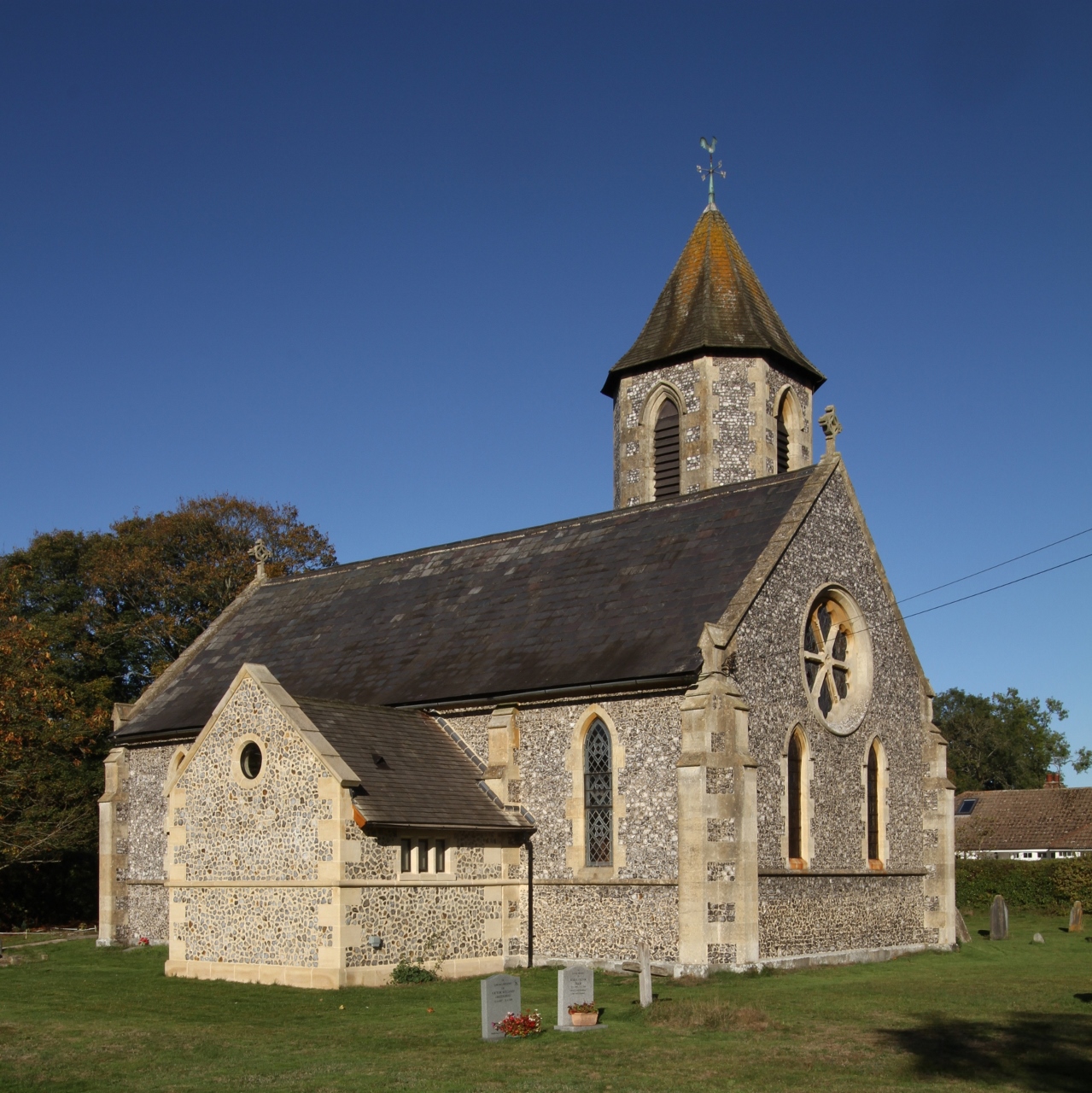Basset Wood
Wood, Forest in Oxfordshire South Oxfordshire
England
Basset Wood
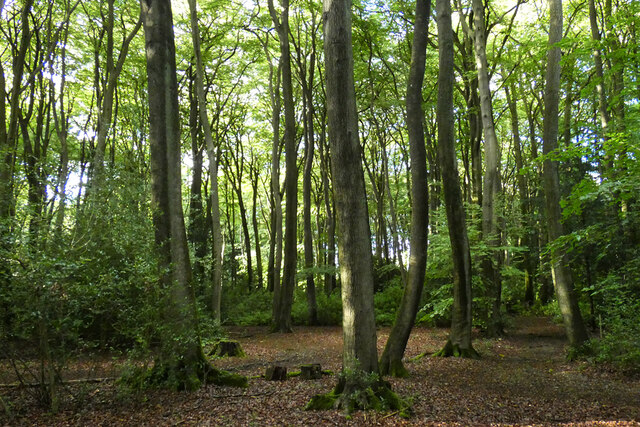
Basset Wood is a small woodland located in the county of Oxfordshire, England. Situated to the north of the city of Oxford, it covers an area of approximately 23 hectares. The wood is part of the wider Wychwood Forest, which is renowned for its ancient woodland and diverse wildlife.
Basset Wood is predominantly composed of broadleaf trees, with oak, ash, and beech being the most common species. The woodland floor is carpeted with a rich variety of wildflowers, including bluebells, wood anemones, and primroses, which create a vibrant display in the springtime.
The wood is intersected by a network of footpaths, making it a popular destination for walkers, nature enthusiasts, and dog owners. These paths lead visitors through the tranquil and picturesque woodland, offering opportunities for peaceful strolls and exploration of the natural surroundings.
The wildlife in Basset Wood is abundant and diverse. It provides a habitat for various bird species, including woodpeckers, thrushes, and owls. The woodland is also home to mammals such as foxes, badgers, and squirrels, which can often be spotted darting amongst the trees. Additionally, the wood supports a range of insect life, including butterflies, beetles, and bees.
Basset Wood is a cherished natural resource in Oxfordshire, providing a peaceful retreat from the hustle and bustle of nearby urban areas. Its beauty, tranquility, and ecological value make it a valuable asset to the local community and a haven for nature lovers.
If you have any feedback on the listing, please let us know in the comments section below.
Basset Wood Images
Images are sourced within 2km of 51.547508/-1.0290371 or Grid Reference SU6783. Thanks to Geograph Open Source API. All images are credited.
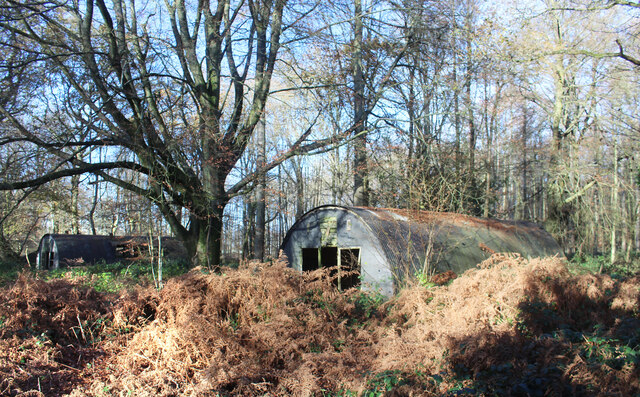
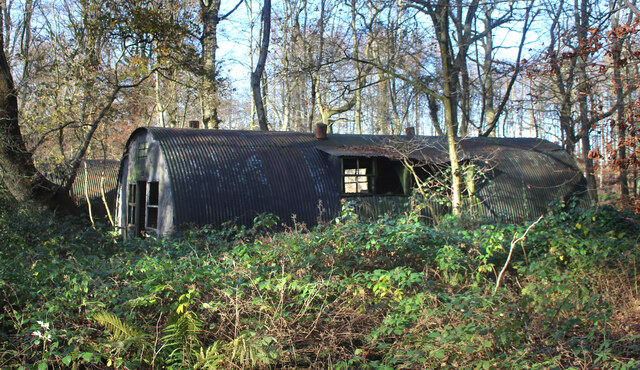
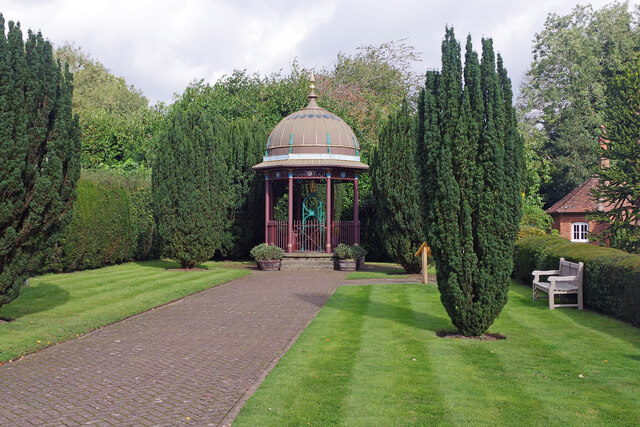
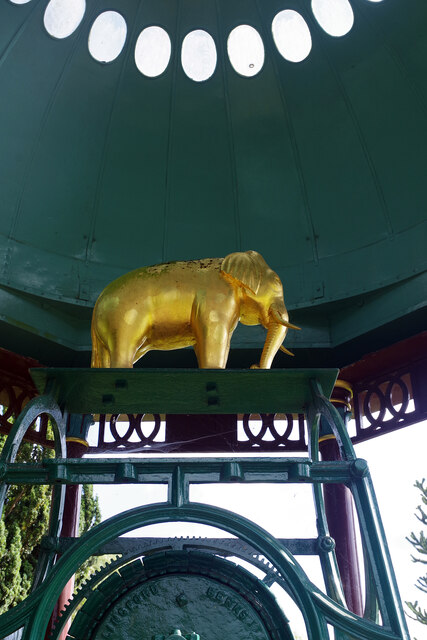
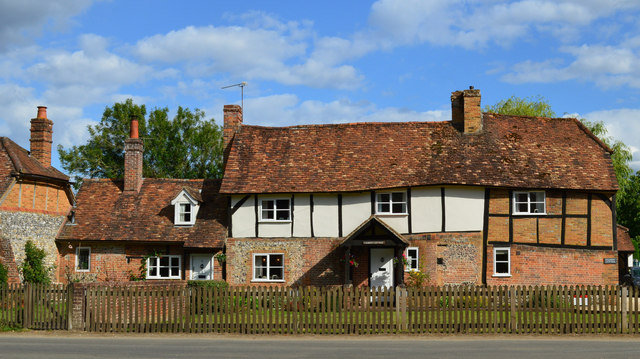
Basset Wood is located at Grid Ref: SU6783 (Lat: 51.547508, Lng: -1.0290371)
Administrative County: Oxfordshire
District: South Oxfordshire
Police Authority: Thames Valley
What 3 Words
///brambles.remodels.goodbyes. Near Rotherfield Peppard, Oxfordshire
Nearby Locations
Related Wikis
Stoke Row
Stoke Row is a village and civil parish in the Chiltern Hills, about 5 miles (8 km) west of Henley-on-Thames in South Oxfordshire and about 9 miles (14...
St Peter and St Paul, Checkendon
St Peter and St Paul is the Church of England parish church of Checkendon, a village in Oxfordshire, England. Its parish is part of the Deanery of Henley...
Checkendon
Checkendon is a village and civil parish about 6 miles (10 km) west of Henley-on-Thames in South Oxfordshire and about 9 miles (14 km) north west of Reading...
Wyfold Court
Wyfold Court is a country house at Rotherfield Peppard in south Oxfordshire. It is a Grade II* listed building. By the year 2000, the estate had been converted...
Ipsden Heath
Ipsden Heath is a 32-acre (13-hectare) woodland in the English county of Oxfordshire, within the Chiltern Area of Outstanding Natural Beauty. == References ==
Hook End Recording Studios
Hook End Recording Studios was a recording studio located in Hook End Manor, a 16th-century Elizabethan house near Checkendon, Oxfordshire, England. Its...
Highmoor, Oxfordshire
Highmoor is a village and civil parish in the Chiltern Hills in Oxfordshire, about 4 miles (6.4 km) west of Henley-on-Thames. The parish includes the hamlet...
Bear, Oveys and Great Bottom Woods
Bear, Oveys and Great Bottom Woods is a 64.1-hectare (158-acre) biological Site of Special Scientific Interest west of Henley-on-Thames in Oxfordshire...
Nearby Amenities
Located within 500m of 51.547508,-1.0290371Have you been to Basset Wood?
Leave your review of Basset Wood below (or comments, questions and feedback).
